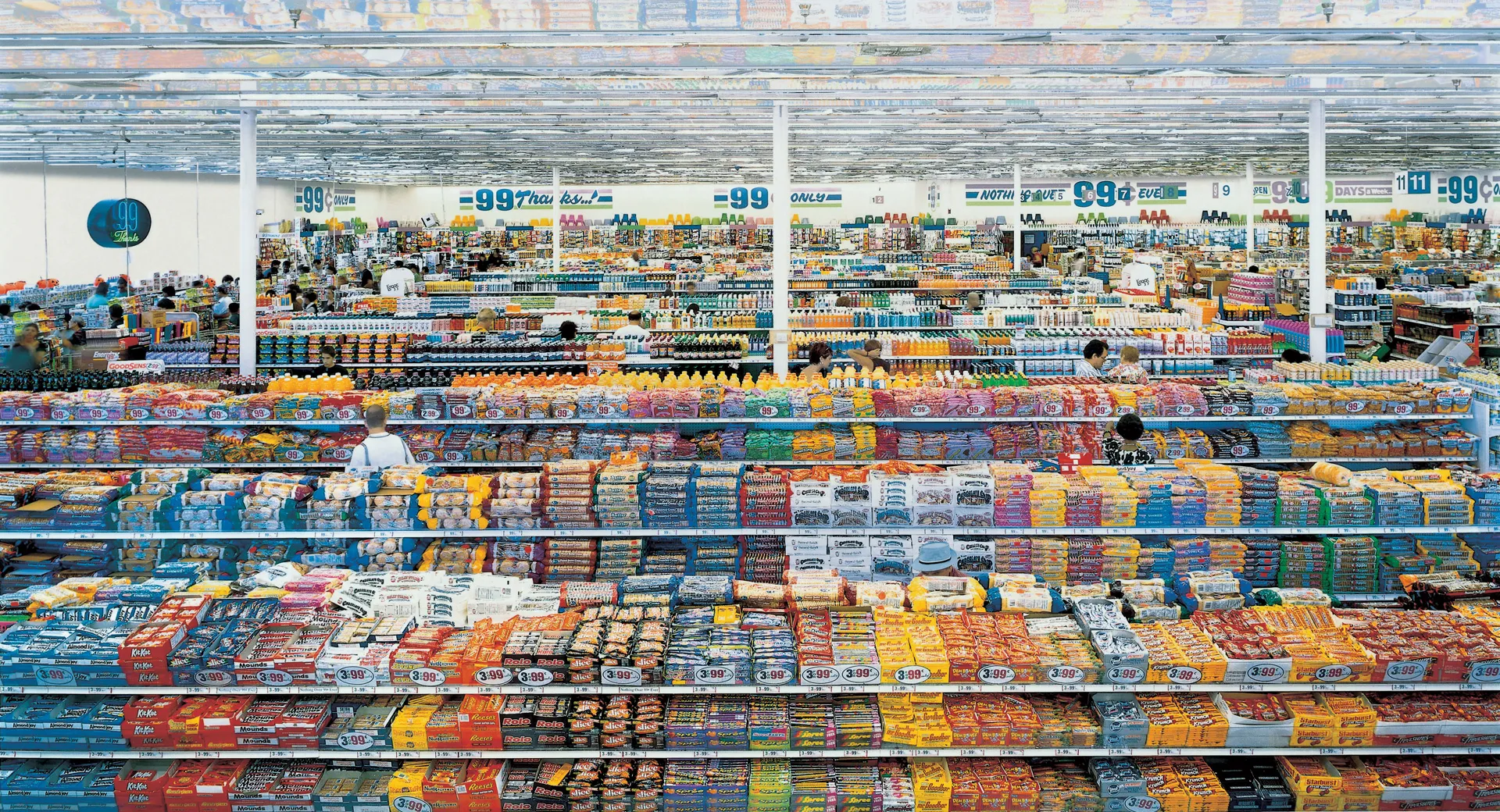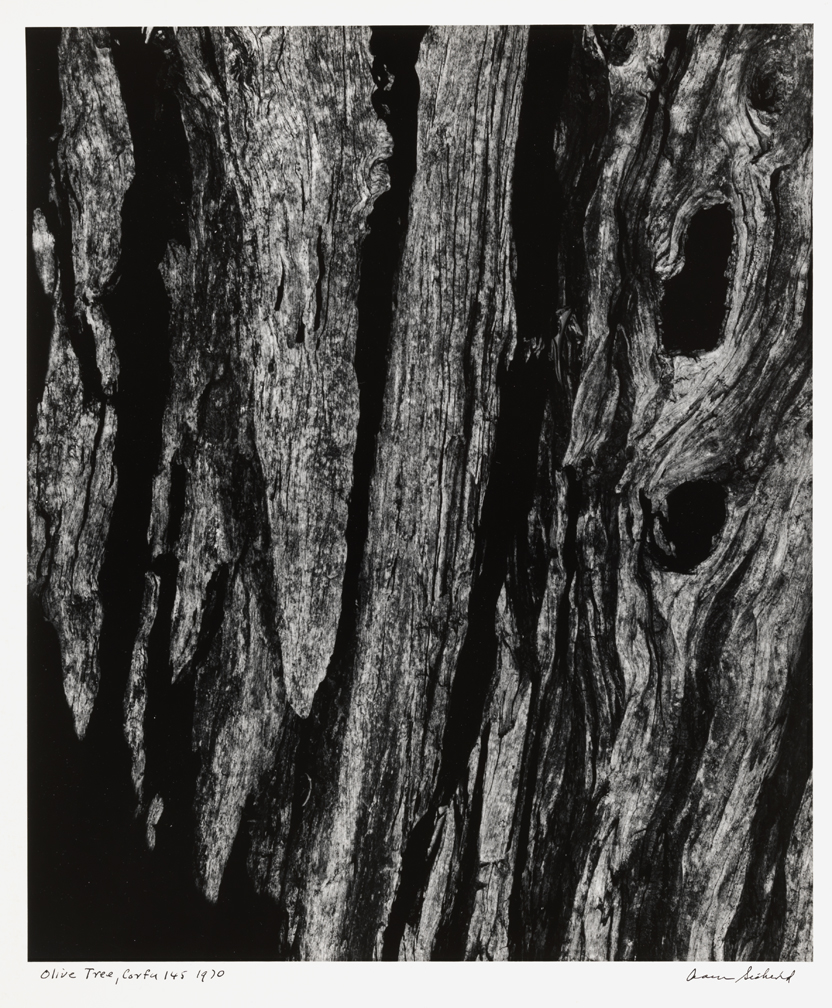Definition of formal elements
In photography, formal elements refer to visual features that can transform simple features forming great shots. There are six plain formal elements: line, shape, pattern, texture, tone and focus.
- Line

Lines are one of the fundamental elements of photography, existing everywhere. They either separates areas or unifies different parts of photographs. Also, focal points are formed by them, which is called leading lines. Leading lines guide viewers’ sights and deliver particular moods, such as peace or urgency.
In the example photograph through vertically and horizontally straight lines, the building possesses stability and formality. Particularly, the largest column, which locates on a line of rule of thirds, balances photograph. The lines on ceiling unify with one other at the column. At the same time, its coexistence with curve adds refinement and relief.
- Shape

Shapes are defined as two dimensional subject outlines. Gathering lines form various types of shapes harmoniously. Every shape creates and brings emotional impacts on photographs as lines do. Otherwise, shapes in a photograph can reveals its theme or message.
There are two types of shapes: geometric shapes and organic shapes. Geometric shapes obviously refer to figures, such as rectangle, pentagon, sphere, etc. Organic shapes means the form of nature, creatures and objects.
This photograph is an example of an organic shape in photography. The close shot effectively exhibits the plant’s own shape, which is deviant from synthetic geometric shapes. It leaves don’t have even form but spontaneously exhibits its vigorous growth.
- Pattern

Gursky, Andreas. “99 CENT.” Photograph. The Broad. 1999. https://www.thebroad.org/art/andreas-gursky/99-cent, Assessed 23th January 2025
A pattern is a factor that ties photographs together through subjects’ similarity, unification and symmetry. Patterns can be found everywhere, even in the environment. Usually, photographs that highlight the aesthetic of pattern shows flat and even composition. Like shapes, there are geometric patterns, which are often regular, and organic pattern that looks spontaneous.
In Gursky’s 99 cent, color groups of food show perfect arrangement. Each types of food are presented as a color, revealing a pattern of colorful rectecgles.
- Texture

Siskind, Aaron “Olive Tree, Corfu 145.” Gelatin silver print. Pennsylvania Academy of the Fine Arts. 1970. https://www.pafa.org/museum/collection/item/olive-tree-corfu-145, Accessed 23th January 2025
Texture adds a sense of reality in detail so that views can comprehend photograph itself more precisely. Texture is usually stood out in extremely close shot, which only focus on a particular subject.
Olive Tree, Corfu 145 by Aaron Siskind is a photography that intuitively reveals rough texture of a tree through extremely close shot. As a black-white photograph, distinct contrast enhance the uneven surface of the tree
- Tone

Tone in photography mainly play the role of creating atmosphere. Considering brightness, warmth and clarity of color, photographers utilize the power of tone to bring depth to their work. In the period of black-and-white photography, photographs can reveal subjects’ color, and the depiction of tone was significant to deliver particular moods. Even the present day, tone is major elements of photography by adding more meanings and expression on colors themselves.
For example, the photograph on the left convey warm and comfortable atmosphere because of calm tone. Using bright brown and yellow of wood, mud and sand, the subjects create a relaxed and restful circumstance.

- Focus
Depending on where a photographer focuses on and displays the point clearly, photographs get different meaning. If a photograph is focused on the background, the photograph might deliver importance of surround situation or nature. When the foreground is focused on, viewers obviously pay attention to the focused subject on the front.
Although this photograph is one of the “wrong” photograph in terms of composition, it can be a good resource to explain focus. In this picture, the focus is on the middle ground, and the foreground and background are blurred. Hence, the concentration on the center draw views sights to the empty chairs and a table.
An image can show multiple elements at a time!
I think an image can show diverse element at a time. Lines creates a shape, and shapes creates patterns. Also, when tone, texture and composition of various figures gather, each photograph makes own characteristic mood and messages.
Citation
Mowbray, P. (2020, September 9). Understanding the 7 formal elements of photography. Focus. https://focus.picfair.com/articles/7-formal-elements-photography
Vorenkamp, T. (2021a, July 3). Elements of a photograph: Shape | b&h explora. phphotovideo. https://www.bhphotovideo.com/explora/photography/tips-and-solutions/elements-of-a-photograph-shape
Vorenkamp, T. (2021b, July 3). Elements of a photograph: Texture | B&H Explora. phphotovideo. https://www.bhphotovideo.com/explora/photography/tips-and-solutions/elements-of-a-photograph-texture
Leave a Reply
You must be logged in to post a comment.